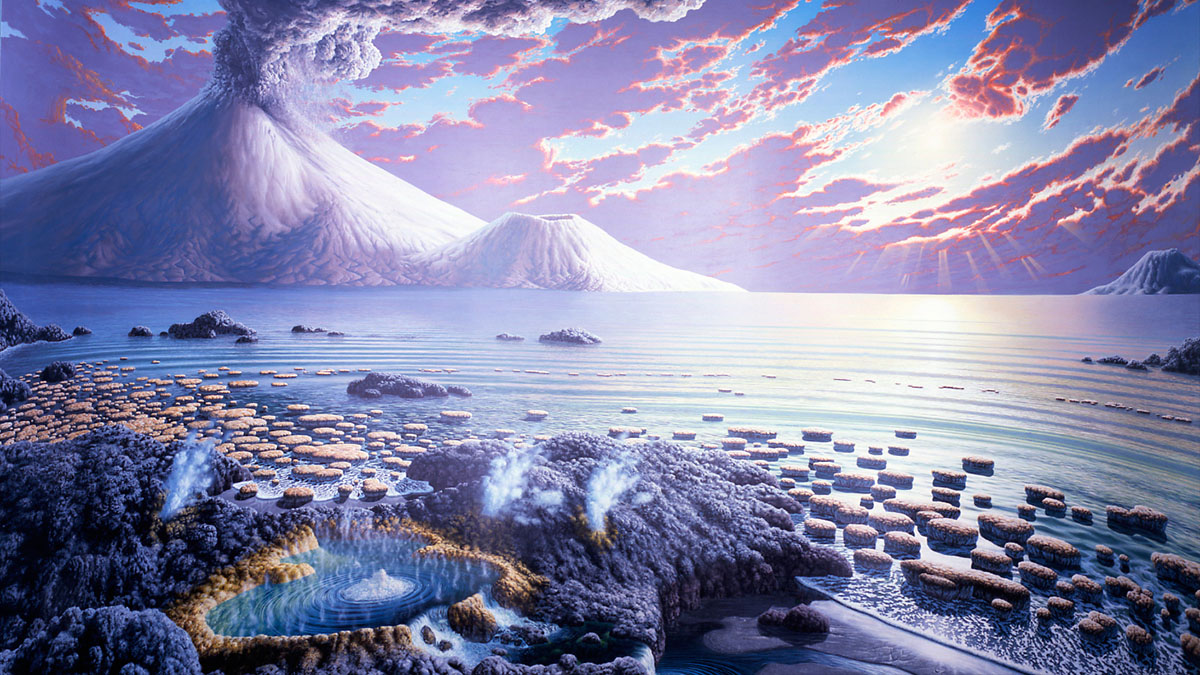oddball earth: why our planet really is different

A guiding principle of cosmology is that no place in the universe is any more or less special than another without some very extensive and convincing evidence otherwise, and according to our observations so far, this principle seems to hold for all but a few bizarre massive features we’re still trying to explain. One the one hand, this is a relief because if space was full of bizarre places radically unlike each other, we’d have a hell of a time explaining how and why that happened. On the other, it does lead to some assumptions about life across the cosmos based on the idea that Earth is a fairly typical world and most solar systems should have something resembling it, otherwise why and how do oddballs like us exist?
But as we learn more and more about what’s waiting for us beyond the Kuiper Belt and look at the over 4,000 confirmed exoplanets orbiting alien suns, the more it’s starting to sink in that our home may be special after all. We’re spinning around our axis while orbiting a star much larger and hotter than nearly three fourths of the universe’s stellar population. Our oceans are a perfect depth for life. Our plants use a more complicated molecule for photosynthesis than they probably should. We breathe a deadly, corrosive gas that should technically be poison to most living things and rely on It to keep our cellular machinery in motion. And finally, we’re not battered by solar storms that threaten all life on a seven-year cycle.
Now, this is not to say that that world like Earth don’t exist or that they can’t get even weirder and wilder. Statistically, other solar systems should be absolutely lousy with Earths, but the very same statistics say that such planets would be in the minority. Your typical rocky world with a dash of habitability will be a tidally locked ball of rock orbiting a turbulent red dwarf erupting with powerful X-ray flares, feature a permanent day side ravaged by a constantly respawning chain of cyclones, a thin band of constant twilight, and a side locked into eternal night. And our flora was supposed to stay purple, not turn green, since chlorophyl is more complex than the alternative bacteriorhodopsin.
Of course, if we return to the stats, our plants should really be black to absorb the scant light of a red dwarf that can last for as long as a trillion years, not a far more massive white star burning through its fuel quickly enough to die in a hundredth of the time. To compete with what we’re pretty sure is the typical habitable world, we’d need 300 Earths crammed into a band between the orbits of Venus and Mars circling Sun-like stars for every tidally locked ball of rock capable of hosting life, which is mathematically impossible, and would also result in absolute carnage that would reduce all those Earths into a cloud of molten debris more massive than Jupiter. In other words, no matter how you slice it, we’re living in a pretty special place.
What does that mean? Well, understanding how unusual we are should probably make us think about treating our planet better since unlike science fiction may have inadvertently hinted, we can’t always pick up and move to another world if things got bad enough since there isn’t other Earths just waiting for us a hop, skip, and a jump a few light years that-a-way. We should also realize that as oddities ourselves, we should expect alien life to be wilder and weirder than we imagined based on what we understand about life on our planet. And above all, we should act like the cosmic weirdos with still unknown potential that we are instead of constantly turning on each other for the dumbest, pettiest, most self-destructive reasons.





